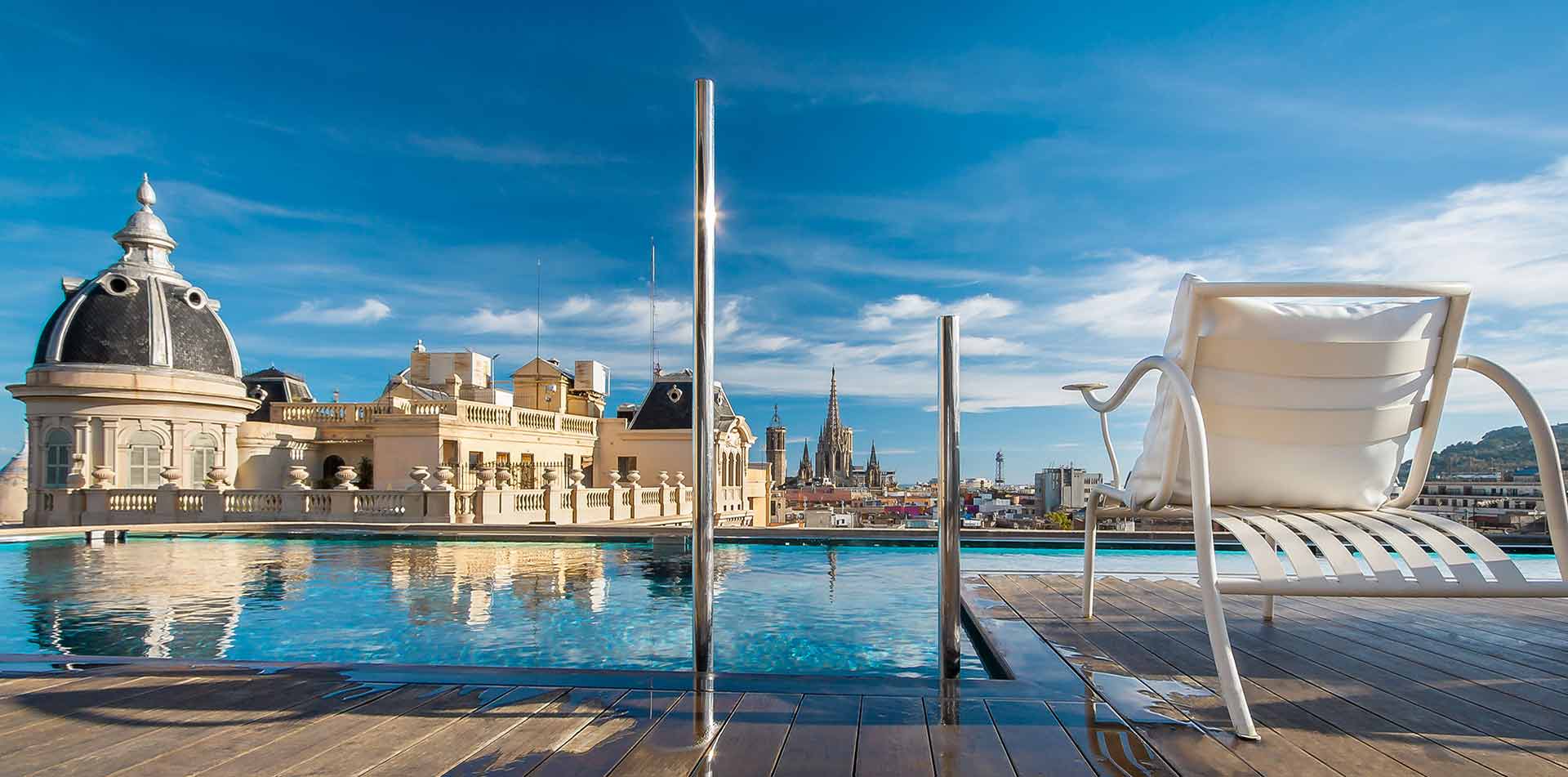Fabulous Formentera yachting destinations in 2021? When visiting Italy, especially the south, you can enjoy a multitude of islands and coastal destinations that are within easy reach of each other. Sailing around here is fairly easy and sheltered. Besides the beautiful scenery that you will get to pass, the historic Italian towns and ports found around the country make it one of the most desirable European places to visit.
Sailing around Europe: It’s safe to say, with its hugely diverse cultures and highly varied geography, that sailing around Europe is on innumerable bucket lists. The Greek islands will strike a chord with many, as each set of islands offer charterers something wholly unique. The Ionian on Greece’s west coast is dotted with delightful villages including Kioni on Ithaca or Fiskardo on Kefalonia, while the Cyclades chain to the east boasts gorgeous islands such as Mykonos, Ios and the incredible Santorini. In nearby Turkey, Bodrum on the Gulf of Gokova sees keen sailors flock from all over the world, and for good reason. Here, they experience untouched coves on the water and invigorating nightlife and impressive restaurants on the coast. Those more interested in Croatia will find over 1,100 islands to explore, made all the easier with reliably gentle winds and a myriad of beautiful harbours. If Italy is more your style, the Aeolian Islands just off of Sicily provide considerable environmental variety, including the unforgettable black sands of Stromboli and the hot springs of the island of Vulcano.
For the best views of the uninhabited, 400m-tall (1,312ft) El Vedra rock-island, head to Cala d’Hort. This gorgeous stretch of sand is lapped by some of the most picture-perfect waters in Ibiza and backs onto a cluster of great chiringuitos (beach bars). Like many of the island’s must-visit beaches, d’Hort is not huge, so arrive early for a decent spot; once settled, you can enjoy the views and bathing as well as some of Ibiza’s best snorkelling. And when it gets too hot, simply wander into one of the beach bars for a cold one and a plate of fresh prawns. Discover extra info on https://intersailclub.com/yacht-cabin-charter/best-sailing-cruise-in-ibiza-and-formentera,974.html. When the day is over, a broad offer of hotels and accommodations will be waiting for you, from internationally prestigious establishments to good boutique hotels, from beach resorts offering all-inclusive services to cosy rural villas for those looking for a relaxing stay away from tourist spots.
Aside from seasons and events, yachts of the same size may also differ in price and this may be down to a vast difference in on board amenities. A yacht which boasts an on board cinema or lavish water toys may have a higher base rate compared with a yacht of minimal amenities of the same size. If it is unclear as to why two yachts of the same size are vastly different in price, ask your yacht broker to explain what the differences are. Once you are clear on what the base price is and why, it is important to discover what costs will be applicable on top and this is dependent on the type of charter contract used. Under Mediterranean Yacht Brokers Association (MYBA) charter contracts, which are arguably the most common, the charterer is charged for food and beverage (for the charter guests only), fuel, dockage and harbor fees, and miscellaneous expenses. As a round number, which depends on how much fuel the yacht uses and how fancy the meals and drinks, you can expect to add 25% to 50% of your charter cost.
Many may think the glitzy South of France is a victim of its own popularity but it’s still one of the most beautiful sailing destinations in Europe, if not the world. Start at celebrity haunt Saint-Tropez and make your way along the celebrated coastline stopping off at Cannes, Nice and the millionaire playground, Monaco. If you want to fit in, pack your finest clothes, charter a huge yacht and pose artfully on the deck every time you moor up.
Sailing tip of the day: After a few honeymoon years, a boat’s fuel gauges, often inaccurate at best, tend to suffer from a high mortality rate. When push comes to shove, you can’t beat an old-fashioned dipstick. Given a sensible allowance for fuel slopping around in the tank at sea, a dipstick is the most reliable measure you’ll get. A threaded hole on top of the tank with a piece of rod welded across the plug so it can be hand-tightened onto a rubber washer makes the ideal access point for the stick. If you can’t arrange this and the filler pipe has a bend, a flexible steel tab like an engine-oil dipstick will usually get you there. You can calibrate the stick in harbor by running the tank almost dry, then topping it right up, marking the stick at every 5 gallons. Nobody did that for your boat’s fuel gauges. If they’re anything like the one on my car, you think there are hundreds of miles left until the needle suddenly hits the stop.
